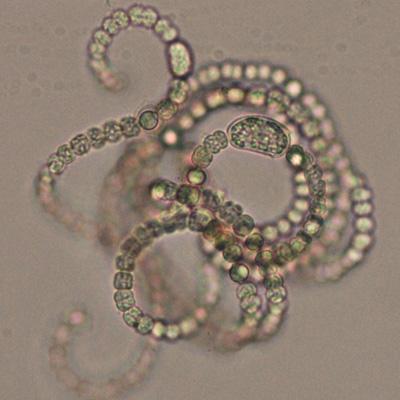 Rules for Cyanotoxin Monitoring in Drinking Water
Rules for Cyanotoxin Monitoring in Drinking WaterOregon Health Authority (OHA) has developed regulations that require drinking water systems using surface water sources susceptible to harmful algae blooms to routinely test for two cyanotoxins that these blooms produce and notify the public about the test results.
The rules apply to the two cyanotoxins with a health advisory level established by EPA. These are for total microcystins and cylindrospermopsin, at the levels shown in the table below.
Cyanotoxin
| For Vulnerable People
(ug/L or ppb) | For Anyone
(ug/l or ppb) |
|---|
| Total Microcystins | 0.3
| 1.6 |
| Cylindrospermopsin | 0.7 | 3
|
These rules are effective starting December 27, 2018 and replace temporary administrative rules adopted for cyanotoxin monitoring and testing that were effective July 1, 2018 through December 27, 2018.
OHA is encouraging water systems not subject to the cyanotoxin monitoring rules that serve surface water and have had algae issues in the past to voluntarily test for cyanotoxins and notify the public about the results. If analysis is performed for anatoxin-a or saxitoxins and found in the raw or finished water, please contact OHA-Drinking Water Services for guidance and recommendations.